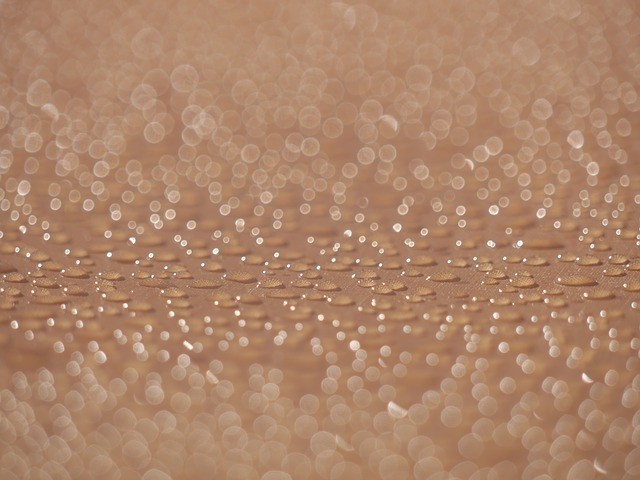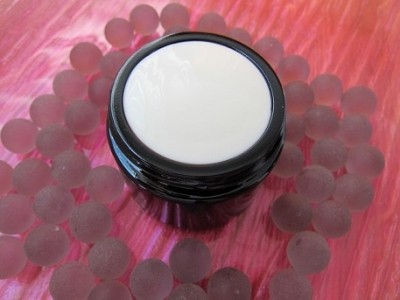New nanoscale emulsification science from MIT

In an article published online this week in the peer-reviewed scientific journal Nature Communications, the team from MIT share their work on a new nanoscale emulsification technique using condensation.
As Ingrid Guha, Sushant Anand, and Kripa Varanasi describe the technique in the introduction to their published article, it’s “a bottom-up assembly approach to creating nanoscale emulsions that spontaneously separates condensed nanometric water droplets with thin films of oil as they nucleate.”
And as Guha remarks in a press item about the research, this condensation technique can likely be used to emulsify more than just oil and water: “We envision that you could use multiple liquids and make much more complex emulsions,” she says.
Phase change
The new emulsification technique that the MIT researchers explain in the article seems pretty straightforward. Oil and surfactant are warmed up and then placed in a humid chamber. As the oil cools, the water vapor in the chamber condenses on the oil and disperse within it. “By cloaking the freshly condensed nanoscale water droplets with oil, we are taking advantage of the inherent nature of phase-change and spreading phenomena,” Varanasi tells the press.
How much surfactant is used determines the size of the condensed droplets. “We find that the oil-surfactant concentration controls the spreading behavior of oil on water, as well as the peak size, polydispersity, and stability of the resulting emulsions,” according to the article abstract.
And the team was able to create droplets so tiny that the resulting emulsion looks like a single liquid to the unaided eye and is even hard to detect under a microscope, as Guha points out.
Stability
The researches note that emulsions created with this condensation technique are stable enough to be used in formulations for products like some cosmetics and personal care items that are sold with an expiration date.
“Nanoscale emulsions formed via condensation remain dispersed for months,” according to the article introduction, “though dynamic light scattering (DLS) measurements performed after several months reveal that the peak radius and polydispersity may shift slightly over time.”
The article ‘Creating nanoscale emulsions using condensation’ is open access and can be found here.














